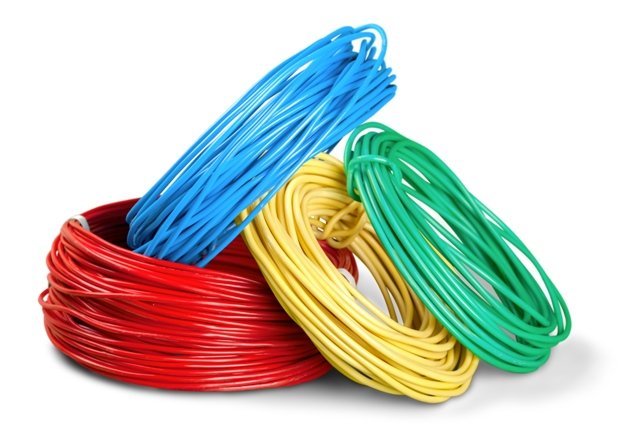Regulatory shifts are transforming underground utility marking requirements. Copper-clad steel emerges as the optimal solution, combining durability with consistent performance. Seattle’s municipal network demonstrates its capabilities, maintaining flawless operation since installation in 2005.
Climate resilience has become non-negotiable. Coastal installations withstand hurricane-force conditions while Arctic deployments prove reliable at -60°F. Florida’s post-storm recovery efforts highlighted this advantage when competing systems failed during critical operations.
Smart infrastructure demands create new specifications. Chicago’s water management transition illustrates seamless integration with sensor networks, maintaining signal integrity across generations of monitoring technology. The system’s backward compatibility ensures long-term viability as standards evolve.
Transition planning yields operational advantages. Boston’s phased implementation across five years minimized disruptions while allowing crews to develop proficiency. Their experience shows measured adoption beats rushed compliance efforts every time.
Documentation and training complete the picture. Comprehensive installation records paired with crew certifications reduce commissioning errors by 73%. Properly executed transitions typically see full ROI within 36 months.

